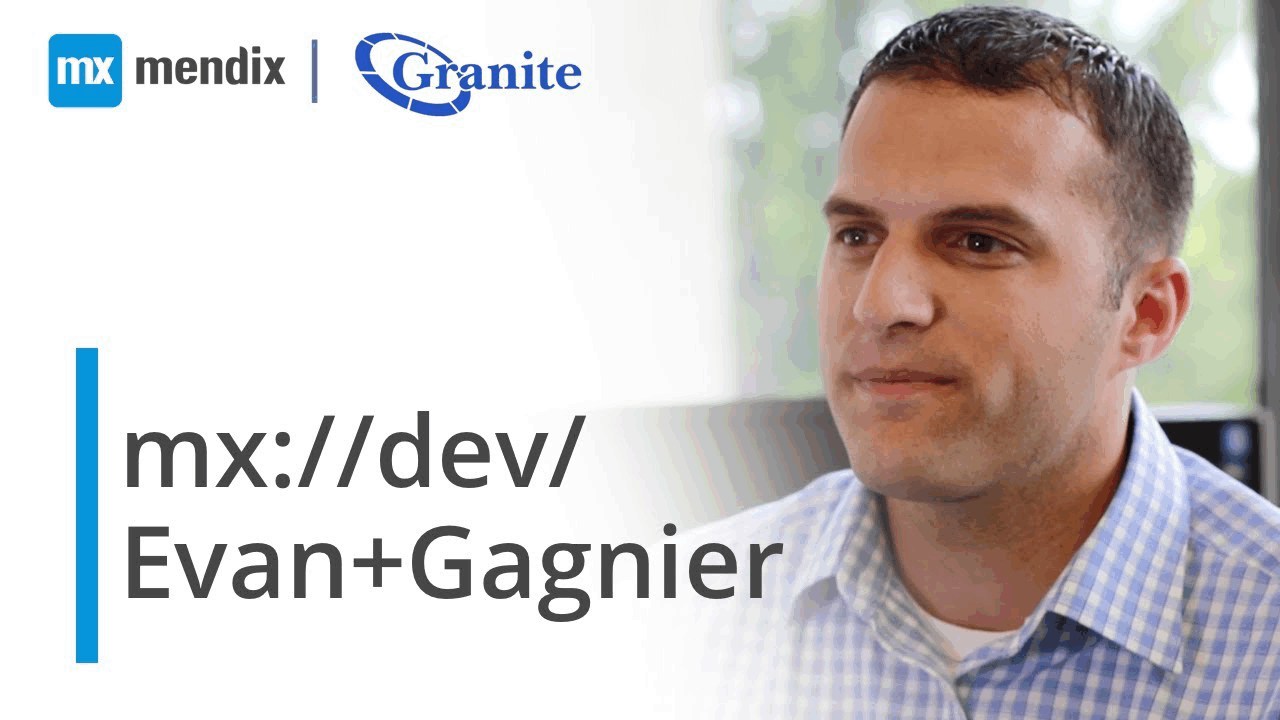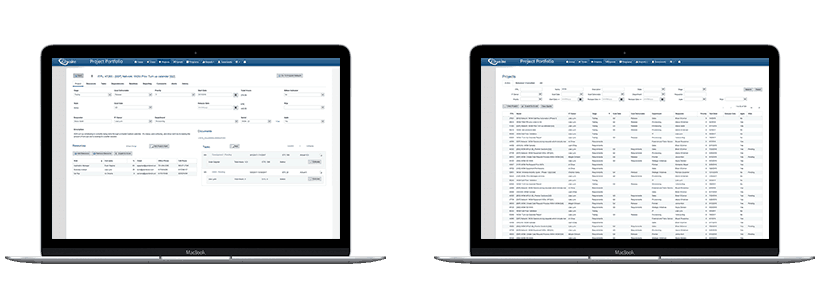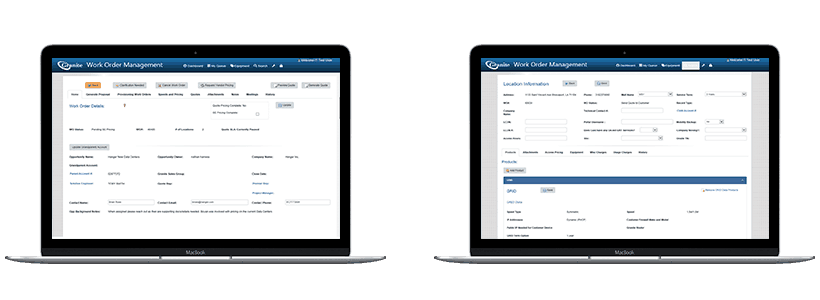
Switching from .NET to Mendix Gives Evan Gagnier Speed and Autonomy

In today’s maker profile, we are featuring Evan Gagnier, software engineer application manager at Granite Telecommunications. Hear how he switched from developing in .NET to developing with the Mendix Platform for faster results and more autonomy.

1. What is your education and professional background? Did you have any prior development experience?
I went to school to be a software engineer and I have always really enjoyed creating things from scratch. I was interested in web design and before being introduced to Mendix, I had been working as a .NET developer for six to seven years. I have been working at Granite Telecommunications for 10 years now, and I am currently a software engineer application manager.
2. How were you introduced to Mendix? What was your initial reaction?
Granite was growing at a rapid speed from one to two products to 20 plus products. The backlog of the IT team was growing out of control and growing the IT team wasn’t enough. This led the company to look for a Rapid Application Development platform. The company chose Mendix because we were able to quickly prove that the product worked for us internally and the ramp-up time was minimal.
When I received the first demo of the Mendix Platform, I wanted to see if I could break the system. The initial question was, “Is it as good as what they are trying to sell me on?” Mendix trained us, and from that point on I quickly figured out there were no limitations; it just required a shift in how I approached development. With .Net, you work a certain way and you might develop front-end and back-end. But with Mendix, you have to think from the database model up and the relationships between entities and build upon that. When you can do that, you are thinking completely differently and understand the relationships. This has made me a better developer.
My initial reaction was that I didn’t have to depend on anyone else but myself. When I saw I could write a brand-new application from the ground up I was excited.
3. What was most helpful learning Mendix?
With Mendix, there is an initial uphill climb to learn how to build an app, but once you hit the peak, it’s like riding a bike and it’s all coasting from there. It took me only two months to get comfortable, and after six months I was like “I’ve got this, no problem.” The learning curve for me was breaking my old way of thinking in the .NET world to think in Mendix. Learning the best practices was the first step. The training and online documentation are really great. I assign the Mendix tutorials, demos and online training to new developers that join our team.
4. What have you built using the platform? Which app/project are you most proud of?
I created a site called Granite Project Portfolio, which handles all enhancement requests from the business and also time tracking. We assign out a resource to an enhancement, they give their estimates to that enhancement and fill out a time card for the number of hours spent on that enhancement. By the end of the week or quarter, we build out a report for our senior management to determine how long it takes for an enhancement to be developed. I was able to create this myself and we saved $100,000 in annual software license fees. Now we have a brand-new app built in-house that can be enhanced at any time.

The app I am most proud of is Work Order Management. I was able to create it from an idea that another team was developing in .NET. The .NET team was taking six to nine months to deliver the application, which was way too long. They suggested I try building it in Mendix and within three to six months we had a prototype for the business to sign off on. After seeing the prototype, they were ready to make the decision that from then on, all development would be done in Mendix.

Now the entire company uses this work order management application, and it’s an end-to-end workflow system that takes a sales request to create a quote, to provision a line and to give a customer a product. I had never created an application that touches 700 people before. It’s pretty special and to be able to do this by yourself from the start is something I am proud of.
5. Have you had any “aha” moments using the Mendix Platform?
When I received the first demo of the Mendix Platform, I was like “wow, I can do this all by myself!” As I continued to develop with Mendix, I became faster and faster, and now the business wants things faster and faster. As a .NET developer, I was always dependent on someone else working with me. As I saw Mendix and the capability of creating an entire database front-end, middle tier was no longer needed and the speed of development went from 10x to 20x to 30x faster every time I did an enhancement. Now, Mendix is the only platform I develop in.
6. How is Mendix changing the culture of your company?
Mendix is changing the culture at Granite because the business now expects things to be delivered faster. Now, the request for an enhancement is expected within a month. We just released something this past week that would have taken six months before Mendix, and delivered it in under 30 days. When the business sees this consistently, it’s now an expectation.
It has also changed the mindset of the business. Before, they would say “I want this”, and now they say “well, what else can Mendix do?” They used to ask for a particular field, and now they can ask for an entire system.
There is a lot more freedom in Mendix to put something out there in your own particular way, versus being told how it should be done. I can create an entirely new module within a week and provide a solution to someone who didn’t even realize they needed it. Agile has taken some getting used to but the team has shown that we can deliver 30 times more enhancements than a .NET team can.